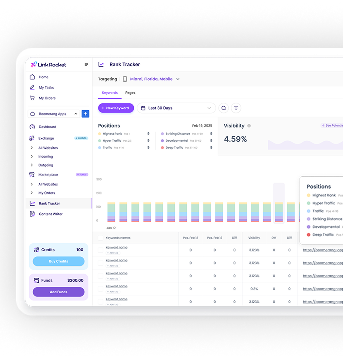AI-Powered Spam Is Hijacking GEO—And It’s Spreading Faster Than You Think
AI-powered spam is weaponizing machine learning to flood Google Earth Observation platforms and digital spaces with eerily perfect, personalized garbage. These bots hijack cloud infrastructure like AWS Bedrock, basically stealing compute power to run thousands of campaigns simultaneously. They’re smart, too—adapting in real-time, mimicking real users, even using deepfakes. Traditional spam filters? Useless. Security teams can’t keep pace as these digital locusts coordinate attacks through graph AI networks. The scope gets worse by the day.

While most people worry about obvious spam in their inbox, there’s a new breed of junk taking over the internet’s content systems. AI-powered spam is hijacking GEO—those content optimization systems that decide what you see online—and it’s spreading at a pace that would make traditional spammers weep with envy.
The game has changed. Attackers aren’t just blasting out misspelled Nigerian prince emails anymore. They’re using machine learning, natural language processing, and deep learning to create spam that’s smart, personalized, and grammatically perfect. These messages slip past traditional filters like they don’t even exist. The spam looks real because, well, AI makes it look real.
Here’s the kicker: they’re manipulating the very algorithms that power content revelation. Spam bots now mimic legitimate users so well that AI security systems can’t tell the difference. They’re using something called prompt pivoting to hijack large language models, basically turning the internet’s own AI tools against itself. Clever? Sure. Annoying? Absolutely.
AI spam bots now mimic real users so perfectly that even AI security can’t spot the difference.
The scale is what’s truly insane. AI enables thousands of spam campaigns to run simultaneously. We’re talking exponential growth here—the kind that makes human spammers look like they’re working with stone tablets.
Attackers hijack cloud-hosted LLM infrastructure to generate massive amounts of content for basically nothing. Why pay for AI prompts when you can just steal the whole system? In fact, attackers are specifically targeting services like AWS Bedrock and SageMaker to leverage victim organizations’ compute resources for their own profit.
It gets worse. These campaigns adapt in real-time. Block them, and they learn. Delete their content, and they evolve. State-sponsored groups are all over this technology, using it to flood blogs, social media, and review platforms with garbage that somehow ranks high in search results.
The targets are everywhere you look online. Content creation channels, AI-powered search systems, digital marketing portals—if it uses GEO for optimization, it’s getting hammered. Some attackers are even throwing deepfake audio and video into the mix because why not make the deception complete? What’s particularly troubling is that these AI systems can process and analyze massive data volumes that would take human reviewers months to examine, allowing spam operations to scale beyond anything we’ve seen before.
The speed of spread isn’t just fast—it’s algorithmic fast. While security teams scramble to update their defenses, AI spam networks coordinate attacks using graph AI techniques, connecting synthetic accounts into massive spam networks that operate like digital locusts.




